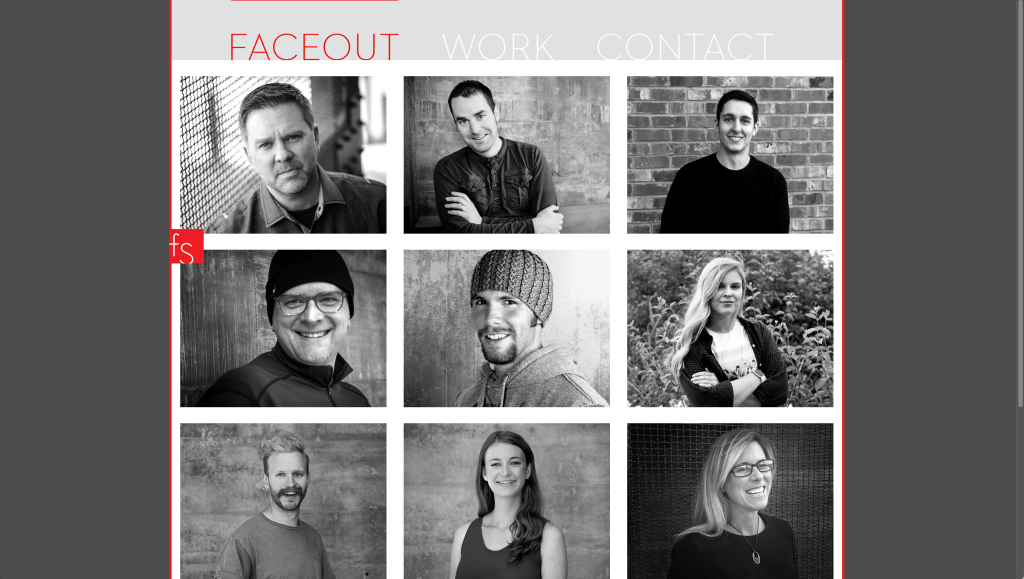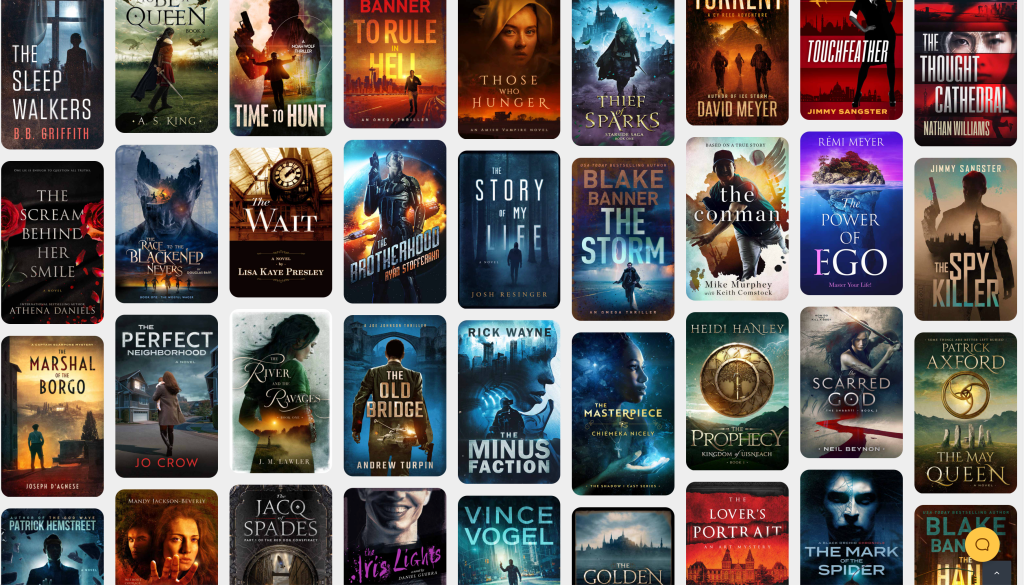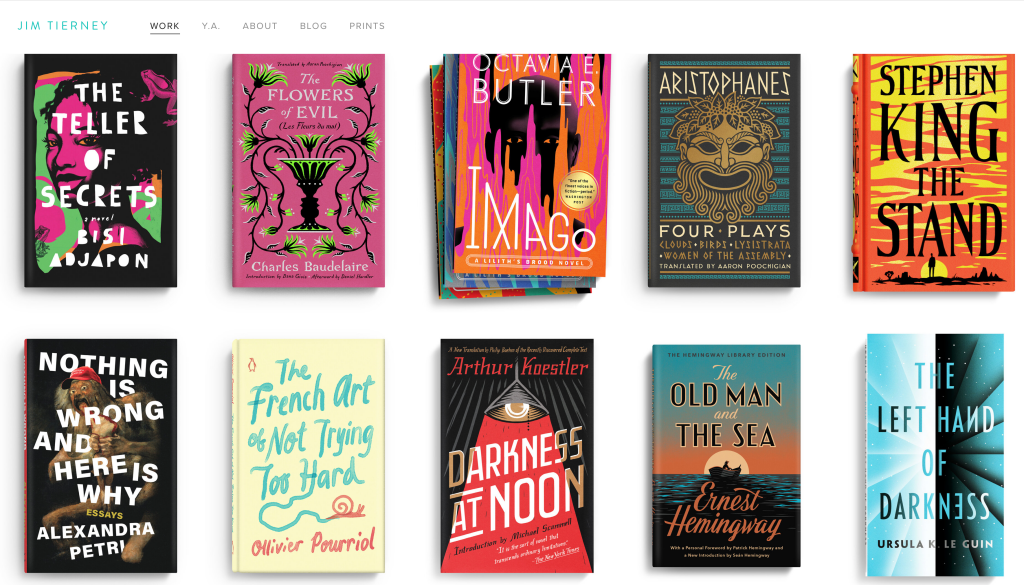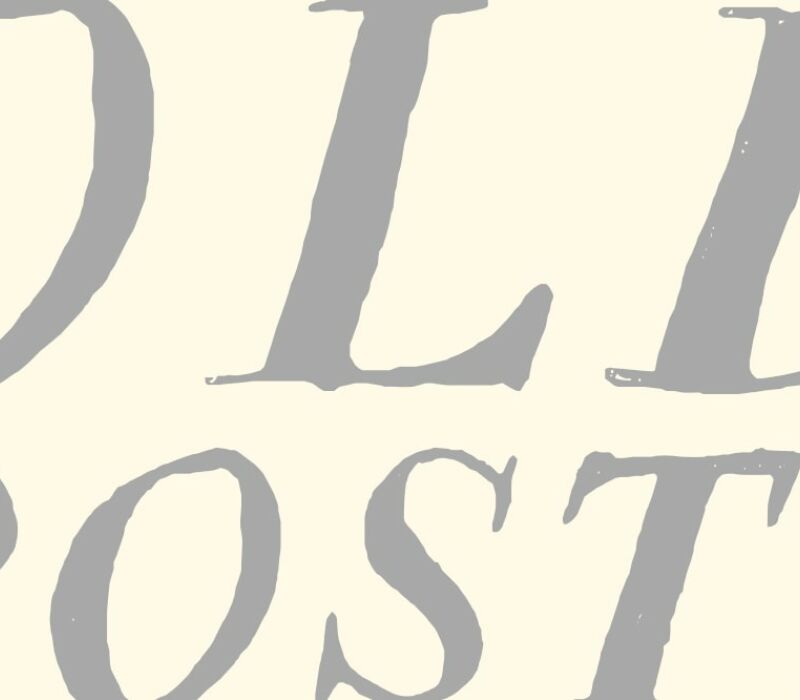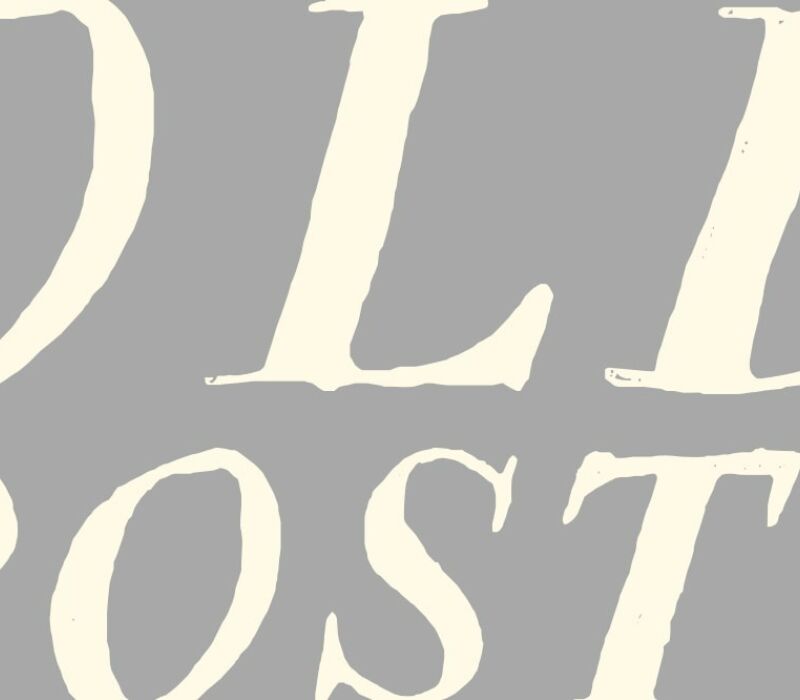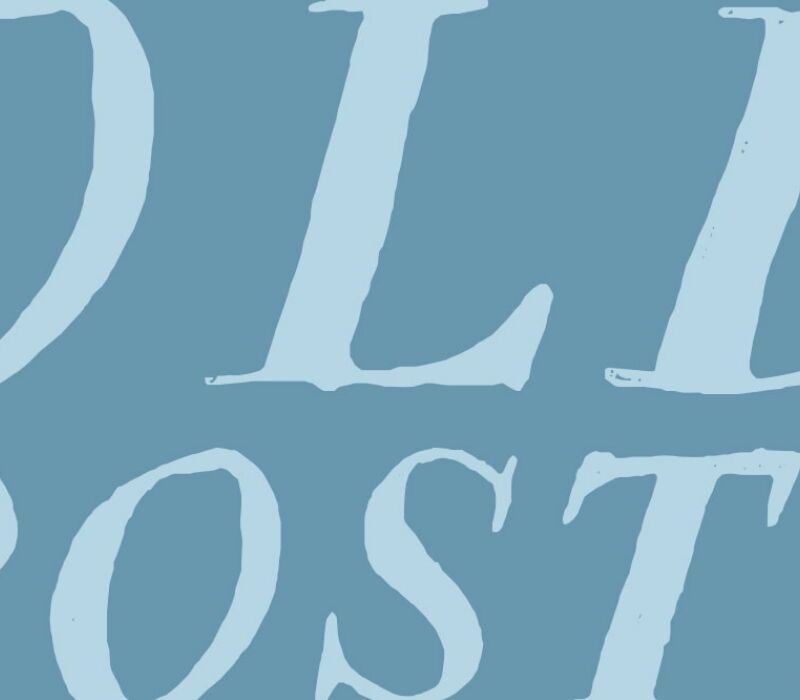
Choosing the Right Book Designer for the Job
How do you know you made the right choice with a book designer? We'll help you ask the right questions before you make a final decision.
WRITTEN BY: Ian
July 27th, 2021
Contrary to popular belief, book designers are just people. Human, just like you and me.
There tends to be an aura surrounding a book designer that they can make or break your book. Sure, it matters who you hire, what the designer knows, how their work looks, and their general work ethic. But there is no magic book designer who can guarantee your book will sell.
A cursory search online for "book design" or "book design firm/studio" will reveal many, many options, both good and bad, as with all things. So how do you choose and what should you know to find the right fit?
While we all want a famous book designer like Chip Kidd to work on our cover, chances are the man is booked. So what are some realistic and practical questions to ask yourself when searching for the right designer or studio to work on your book? Let's take a look:
1. Knowing your target audience. If you are working on a scholarly book versus a memoir or young adult fantasy, you should probably be looking through designers' portfolios that at least include that range of genres/styles—or, that specialize in those types of books. This will often be self-evident, but narrowing your online search to include such terms can refine your results. An example would be, "Young Adult Book Cover Designer."
Here you can see an assortment of covers we have done for a younger audience:




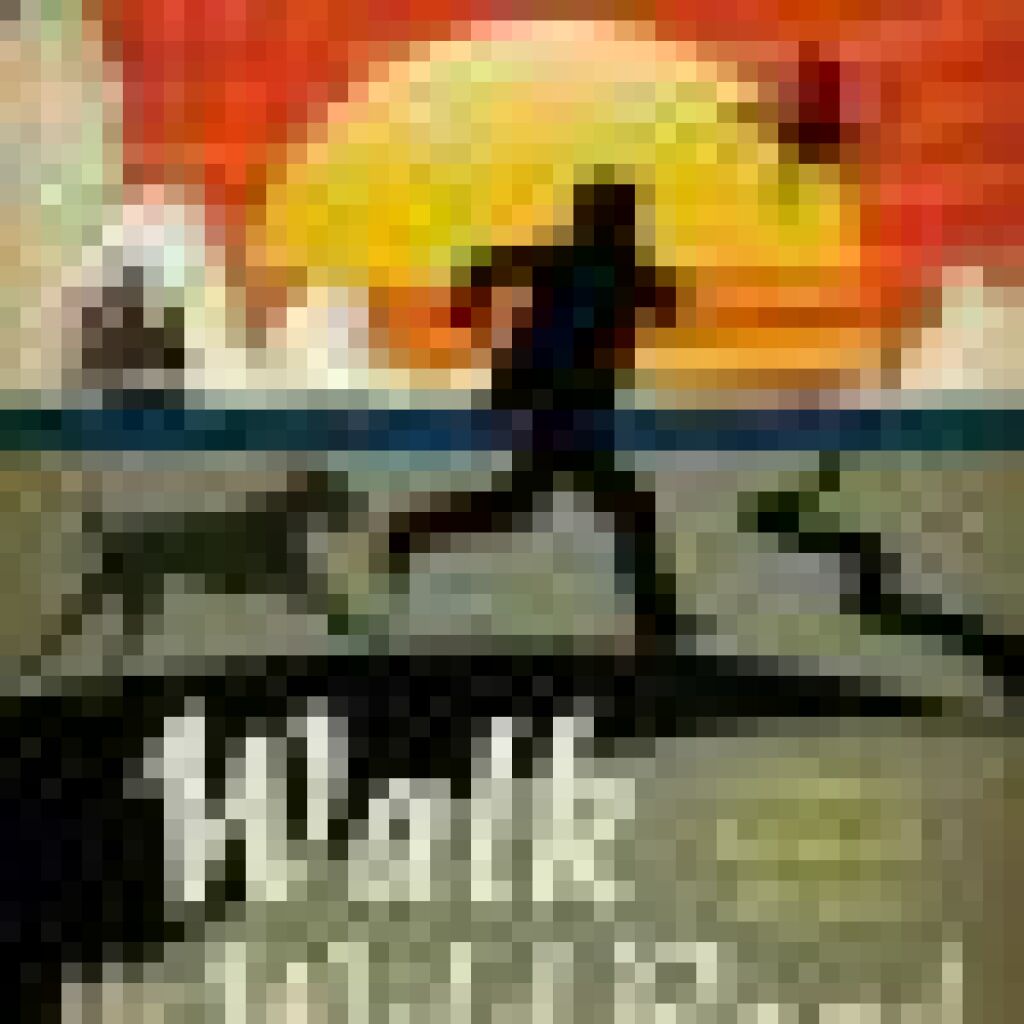

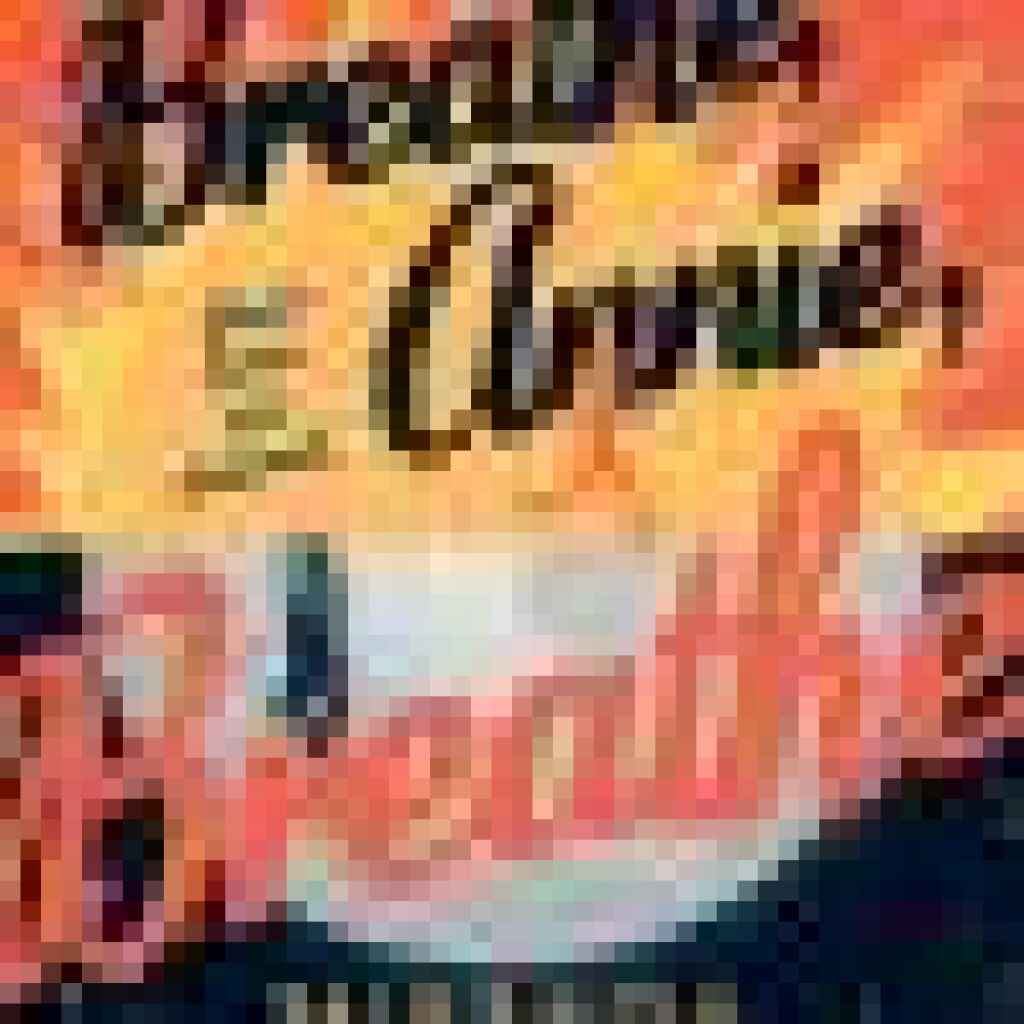

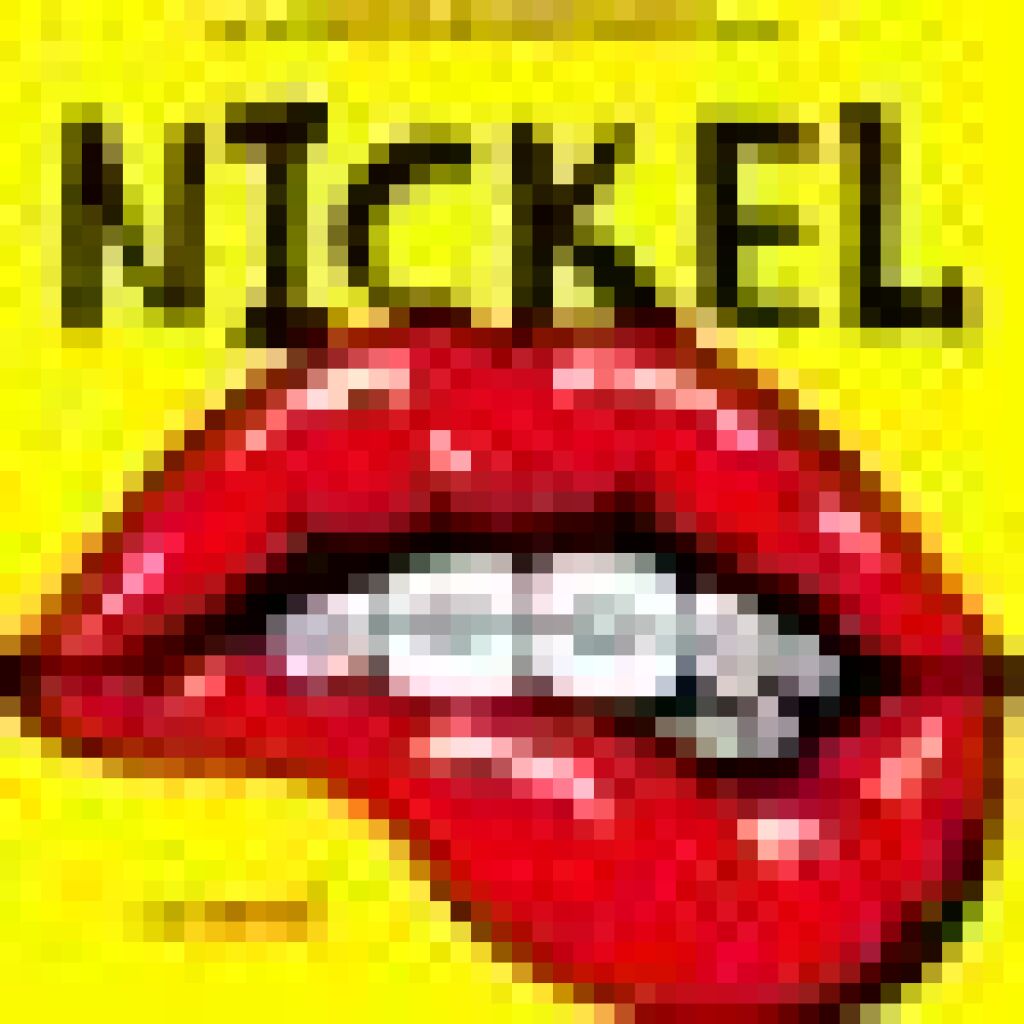

While here we have a selection of memoirs. Do you see the difference in the visual approach?

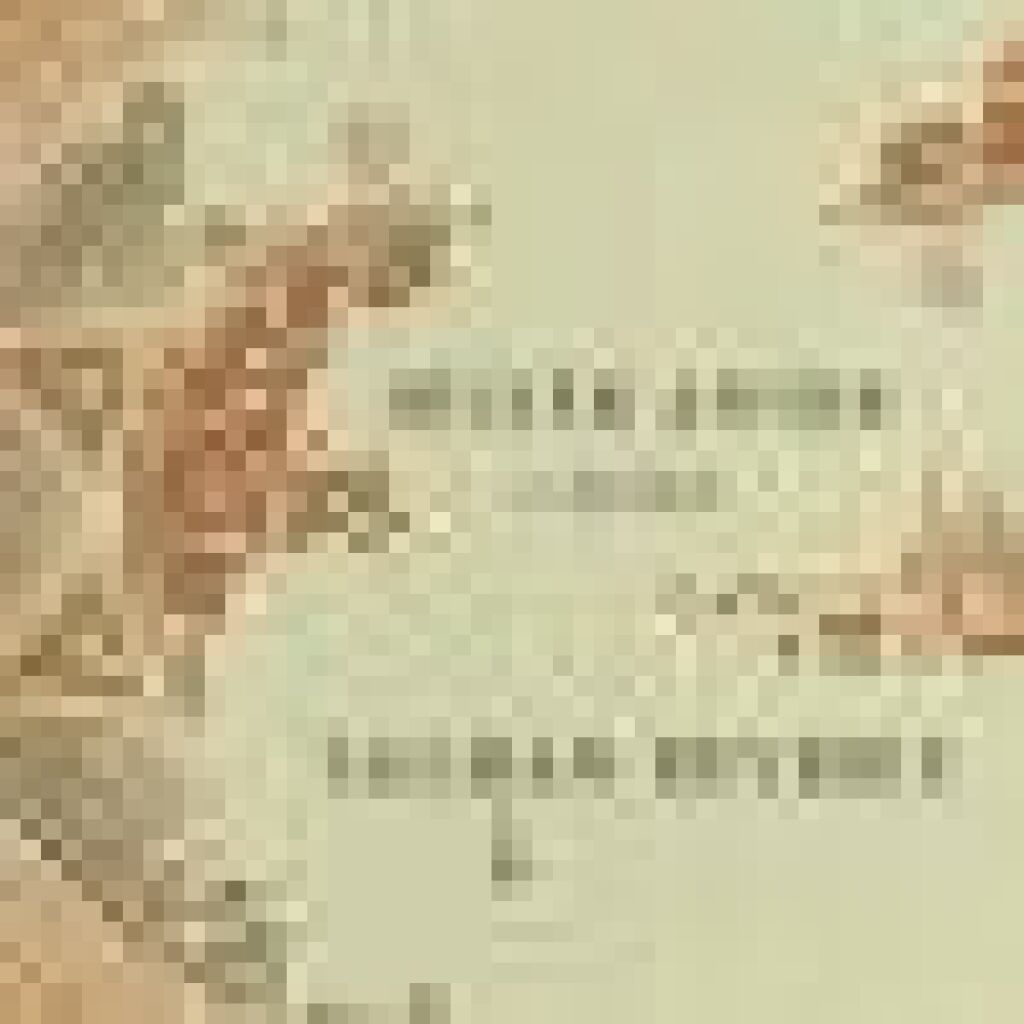

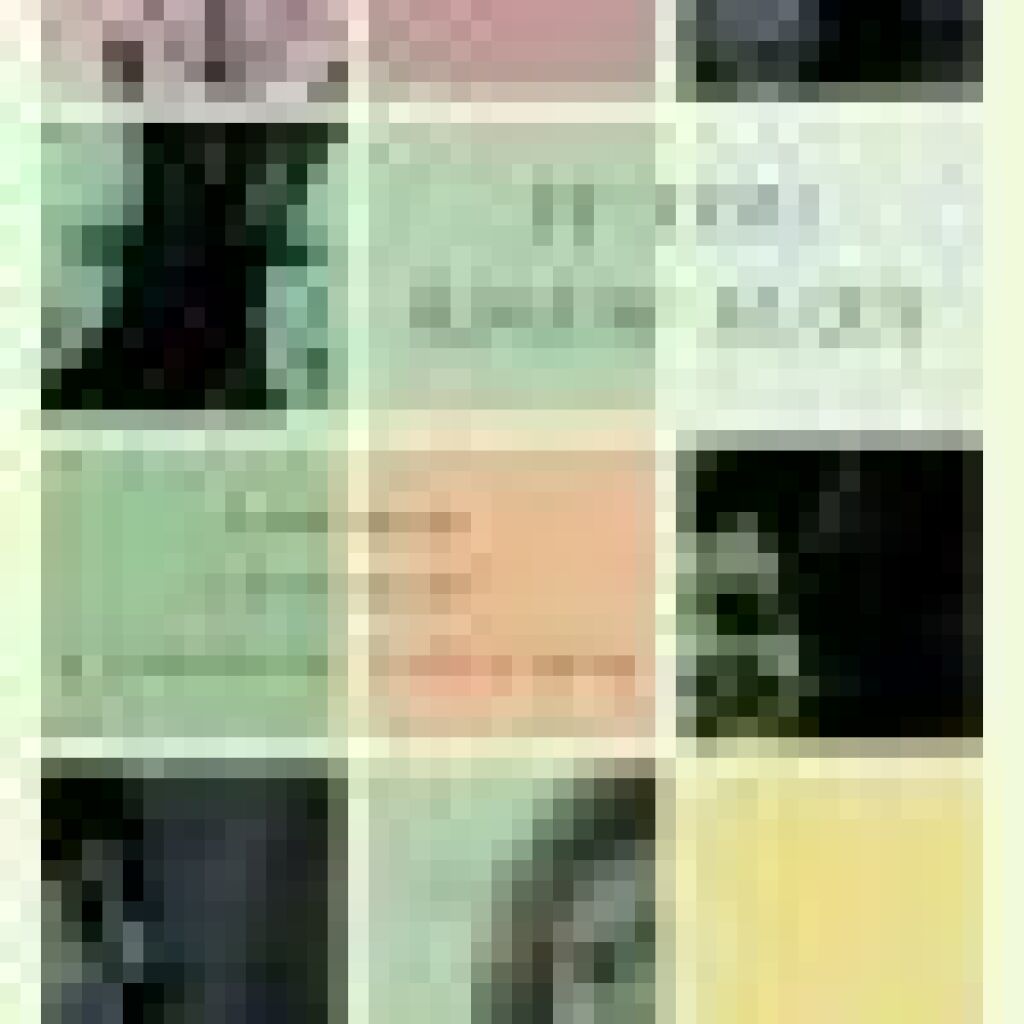






2. Studio size. Does the designer/studio feature a roster of employees? Or is it a small outfit? Neither is necessarily bad, but knowing who will actually be working on your cover is important. If your cover is given to an in-house junior designer who has less experience and is better suited to working on educational books for kids rather than literary novels, it might not matter how great the studio is, because you may have the wrong designer working on your project. Ask the studio to show a sample of their various designers' work so you can select who you would like to be working on your project. A larger studio can mean that your project is tackled from assorted angles and given attention by a group of designers rather than just 1-2 people.
On the other hand, if you are working with a single freelancer or smaller studio, like ours, where the main designer is the person who will be working on your project, then make sure their overall body of work includes at least a few samples of books that are similar in genre to yours.
A very nice studio in Oregon that features a talented crew of book designers is Faceout. As you can see, they have a wildly talented group here…(
Meanwhile, we are Alan and Ian of theBookDesigners…
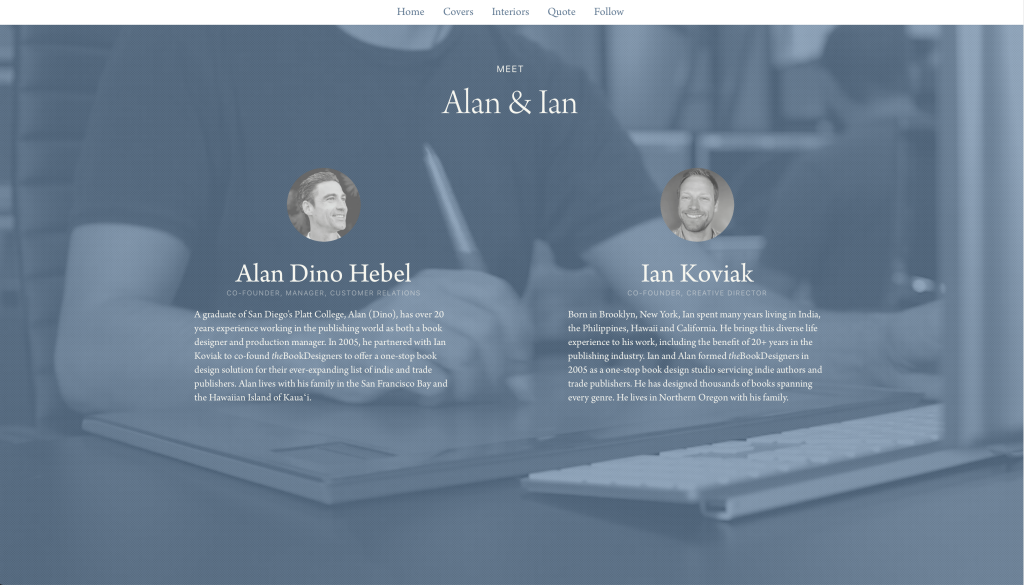
3. Portfolio diversity. Look for diversity in their work. Are they working on a wide assortment of projects/topics/genres? Are they doing a good job with all of these, or are they seemingly better at crime novels but their business book and fantasy covers are lackluster?
There are many so-called book design studios and freelance book designers who offer what is called "pre-mades." There is nothing wrong with pre-mades. However, they are often generic and were not developed with your book in mind at all. Also, beware of studios that seem to only do one type of style/genre. Again, if they are good at what they do and you like the work, then no problem. But, if it seems like every other cover or interior they showcase in their work portfolio has a formulaic approach and feels the same as every other project they show, then it's safe to say you will be getting the same basic treatments.
A nice range of work is done by a studio we admire. They do a good bit of what we like to call "movie poster" style covers. Much of their work has this general appeal and effect. It may be exactly what you are looking for and if so—this type of studio is your ticket to ride…
And then we have our studio—a little bit of this and a little bit of that. We've done it all for many publishers and indie authors for over 20 years…
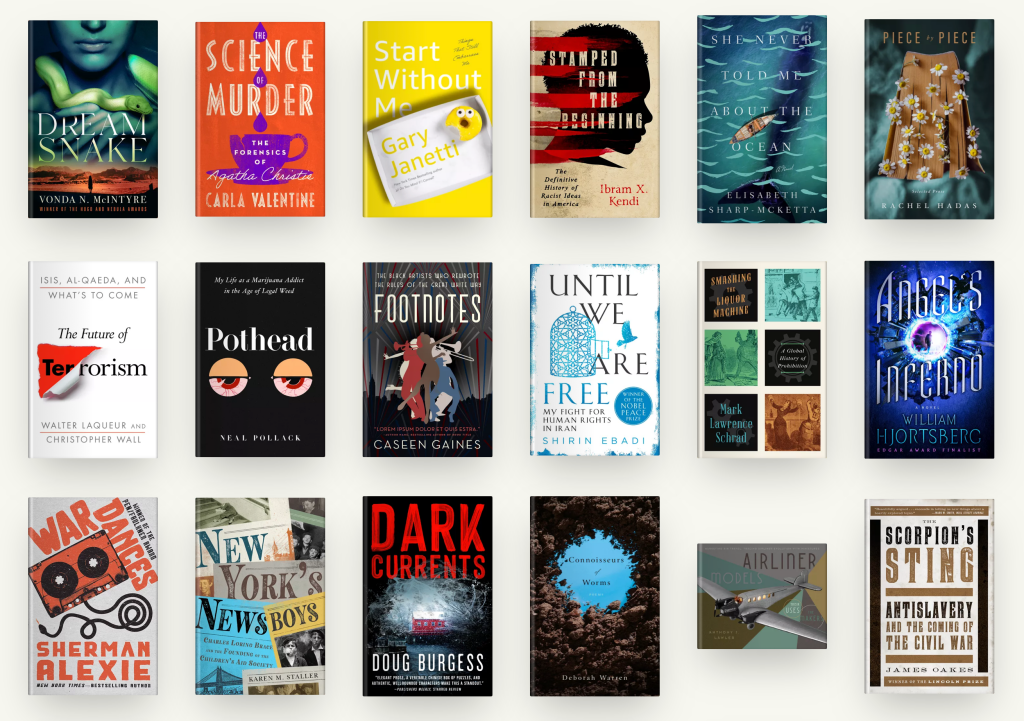
4. Artist? Designer? or both? Is the designer or studio classically trained in art? In other words, are they doing original illustrations for any of their work? Illustrations can range from photographic composites to actual watercolor and acrylic paintings and beyond. Some designers are great at doing custom lettering or hand-lettering, for example. Are these important skillsets to bring to your specific project? Things like map-making, chart/graph/table creation, and other technical drawing skills may be of key value to your project. Make sure the studio either offers such service or can put you in touch with someone who can.
Take, for example, the multi-talented Jim Tierney. He is not just a great designer but is adept at drawing original letterforms, art in assorted styles, and just about anything under the sun. He's also in extremely high demand…
5. Are they a one-stop shop? Are you planning to do your whole book project with one designer or studio? If so, are they able to do book interior design as well as covers? Some designers only do book covers and shy away from book interiors. Others can do interiors but are not as proficient at doing book covers. Rest at ease knowing that most book designers are generally proficient at both. However, you should still look at both aspects of their portfolios to make sure these are equally strong points if you are looking for a one-stop solution.
6. Read reviews. Yelp and various author forums on Facebook can offer great insights from those who have worked with different studios and have something to share about their experiences.
7. Location. While it's rarely important nowadays to work with a studio that is in your hometown, it may be helpful for certain types of projects where in-person meetings can help speed things up or allow for more clarity. In most instances, this is hardly an issue in our highly connected era, but a personal touch may be what you work best with. Also, time zones may affect the timely delivery of work. If you are 4 hours off, that is one thing, but to be 16+ hours off because you chose a cheaper studio in Russia, that may prove to be an annoyance in communication.
8. Work ethic. This is a big one. You want to work with a designer or studio that has a strong work ethic. Many times a designer/studio will appear very eager to work on your project up-front, but once the agreement is signed, your project takes a comfortable seat on the back burner. You want a studio that feels passionate about your project from start to finish and is excited to share what they have come up with for you. The whole process should have momentum and pleasant interactions.
Sure, a studio may at times miss the mark and deliver something that is not to your liking. It happens. Keeping a forward-moving cheery disposition can go a long way. As we opened this article, we expressed how designers are just folks like you and me. They have bad days, days where they are not feeling the muse of creativity, and times where things come up. Naturally. A designer/studio should be able to offer you some sort of explanation if things are not looking professional or feeling stuck or sticky. Sometimes a simple honest conversation about how everyone is feeling can get everyone unstuck.
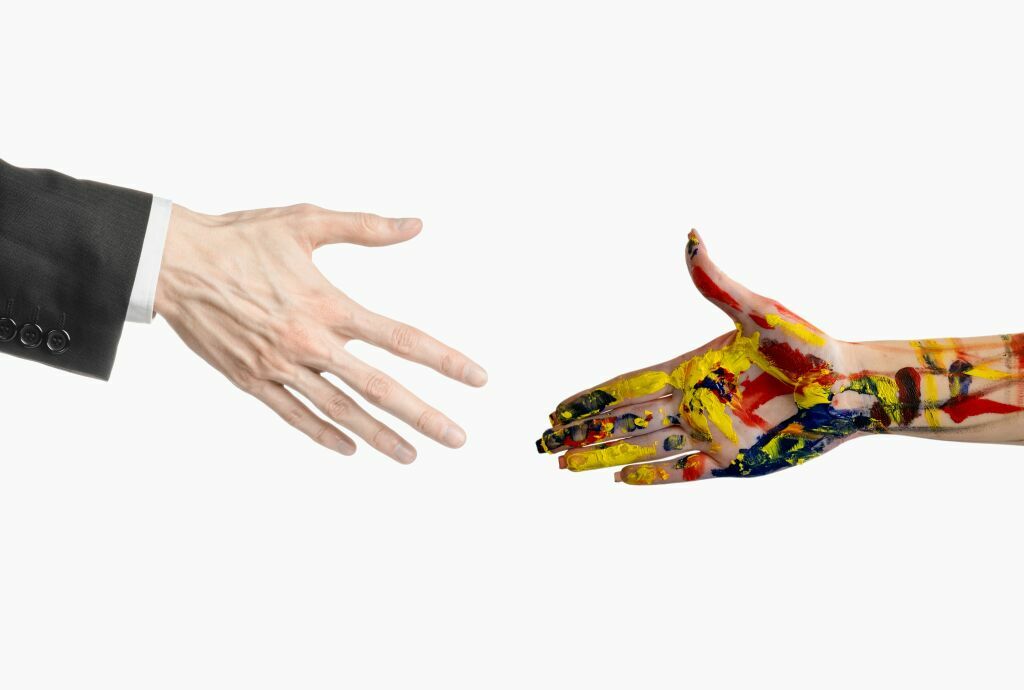
9. Schedules and deliverables. You don't want to wait a year to produce your book. Make sure your designer is upfront about their ability to meet your schedules before you sign any agreements. Nothing like hiring a designer only to find out they will be out of town on a family vacation for the next 3 weeks with limited access to a computer. Point is—get clear about when you expect and need to see aspects of your project's evolution and final delivered files.
10. Contracts/rights, etc. A contract from a typical designer/studio (always make sure there is one unless it's your cousin Joey who you trust with your kids) will cover various aspects of the work agreement. It will stipulate the exact itemized work to be done, the schedule of deliverables for various phases of the job (i.e., Phase 1 includes 3-6 cover concepts based on your design brief and includes 3 rounds of revisions before moving to Phase 2 which is choosing your final cover and refining its design in 3 rounds of feedback and finally, Phase 3—make a selection of the final cover and so forth). Some studios may ask for payments up front prior to starting the work. The start of any project for a designer is doing a lot of research, reading manuscripts, selecting and choosing appropriate images, fonts, and so on. It actually can be the hardest part of the project, and when done properly, it will result in the designer being able to produce concepts that are closer to hitting the mark. That said, we like to get paid for that work. Most designers/studios will have alternate payment structures as well. Be clear on those.
Another major component of the contract stipulates what you will be receiving as the final "product." Make sure you own the rights to that and be clear about if any other unused work, that was developed throughout the process, belongs to you and is free for you to use. In most cases, the final delivered product belongs to you, and the unused work is retained by the designer/studio.
You should also make sure you have full rights to use any of the images (usually an assortment of stock images or some sort of original photograph or painting created for the project) you are featuring on the cover and book interiors. Most designers have subscriptions to assorted stock image websites that cover basic usage rights. But make sure the contract explicitly states that so there are no issues down the line when your book is printed and out there in the world. Few things are less appetizing than receiving a “cease and desist” letter in the mail from a copyright law firm because your designer snagged an image off the net and thought it makes a great cover for your book… without crediting the creator of said artwork.
So there you have it. It's a bit of a list but it covers the basics of what you should be concerned about. There are many qualified book designers and studios out there. Just be aware that for every one that is the real deal, there are 100 behind them that are shabby shacks. Sure, they may be cheaper, they may seem cool and have a nice range of work, but do yourself a favor and check the list above before you bite.
While there are many factors to consider, the fact is that most people will be looking for one of these three things in a studio:
Quality. Is the studio or designer obviously good at what they do? Do they have a nice range of work that covers a wide assortment of styles and approaches? Does the work look refined and genuinely competitive and marketable?
Cost. This perhaps is the primary concern for most indie authors. Is the studio or designer you hope to work with offering competitive rates? Are they a bit more expensive but the quality is undeniable? Do they have sliding fees or payment terms that make it easier to pay? Do they offer payment options in terms of how the payments are structured as well as what methods of payment they accept?
Time. In most cases in life, you can have either quality, affordability, or timeliness. It’s rare to have all 3. As the saying goes, something has to give. A studio may have great work, and they may even offer you a discount, but they might not be able to complete your project on time. Or, they may complete your project very timely, but the quality suffers on account of it. In some cases, it may be good enough for your needs, but in most cases, this is not an option most will consider a good deal. But it is a fact of life that you can throw all manner of money at a project, but quality can suffer without adequate time being invested into it.
So as you can see, all of these considerations are at work when choosing the right studio or designer to work on your book project. You may luck out and find a studio that can be timely, offer great quality, and at a reasonable price. We strive for that balance and most studios and designers will let you know at different stages if they need more time.
Discuss these things with your designers upfront and be clear about the agreements you have in place. Discuss scheduling and any other important milestones you need to meet with your project. Sometimes a project needs to be in good enough shape for a presentation or pilot launch or a casual reading to fans. You may be able to work on a project in phases and the more clear that information is at the start of a project, the fewer surprises there will be later on.
Good luck on your journey. You will meet many qualified designers. Some will be able to take your project on and others won’t. Don’t despair. There are many very qualified studios and individuals out there. It takes a bit of looking, but there is no shortage of talent. Godspeed!




















